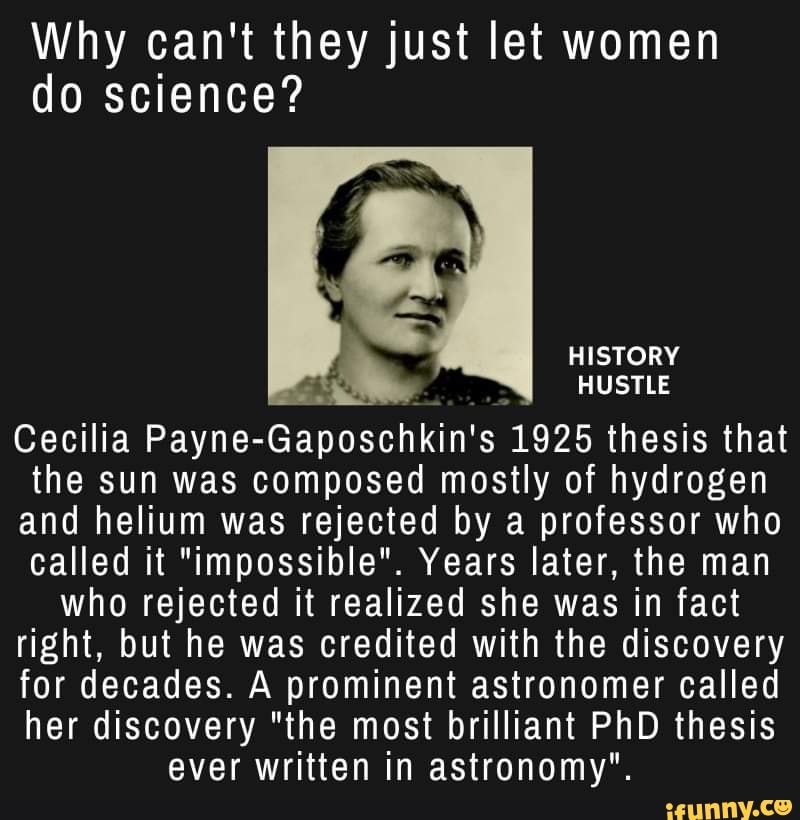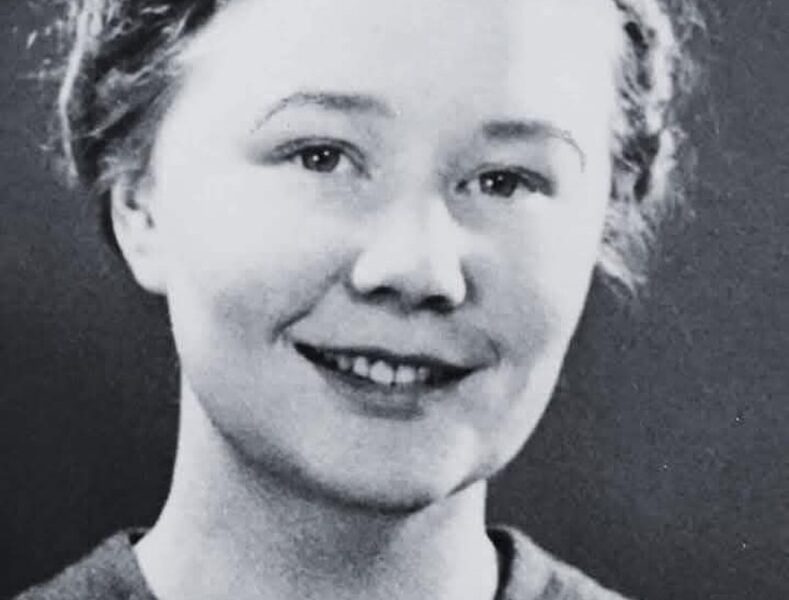
Every student learns that Newton discovered gravity.
Darwin explained evolution.
Einstein gave us relativity.
And when textbooks mention that the most abundant element in the universe is hydrogen — no one ever stops to ask:
“Wait… who discovered that?”
The answer? Cecilia Payne.
And chances are, you’ve never heard her name.
Cecilia Payne was born in England in 1900. Her father died when she was just four years old, leaving her mother to raise the children alone. Though her mother valued education, she refused to spend money on Cecilia’s college tuition — because “higher education wasn’t necessary for girls.”
But Cecilia didn’t let that stop her.
She earned a scholarship to Cambridge University, where she immersed herself in physics and astronomy — two fields overwhelmingly dominated by men. She completed her coursework, but Cambridge refused to grant her a degree. Because she was a woman.
So Cecilia did something bold: she crossed an ocean.
She moved to the United States and began working at the Harvard College Observatory. At the time, Harvard didn’t admit women as graduate students, so she enrolled at Radcliffe College — the women’s counterpart — and began her doctoral research there.
In 1925, Cecilia Payne became the first person ever to earn a Ph.D. in astronomy from Radcliffe. Her dissertation?
A revolutionary, world-changing discovery:
She determined that the stars — and by extension, the universe — are primarily made of hydrogen and helium.
Up until then, scientists believed the sun and stars had a composition similar to Earth — mostly metals and minerals. But Cecilia’s analysis of stellar spectra proved otherwise. She demonstrated that hydrogen was, by far, the most abundant element in the universe.
Unfortunately, when she shared her findings, she was dismissed.
Henry Norris Russell — a well-known astronomer — told her not to publish such “ridiculous” conclusions.
So she added a disclaimer, suggesting her results were probably wrong.
Four years later, Russell published his own paper confirming exactly what Cecilia had said — and he got the credit.
Still, she didn’t give up.

Cecilia went on to build a remarkable career. She became a pioneer in the study of variable stars, and her work laid the foundation for virtually every study of stellar evolution that followed. She became the first woman promoted to full professor from within Harvard and the first woman to chair a department in Harvard’s Faculty of Arts and Sciences.
She mentored and inspired generations of women scientists.
She shattered ceilings quietly, with brilliance and grace.
And yet — when she died in 1979, there was no memorial plaque.
Her greatest discovery wasn’t even mentioned in her obituaries.
So when you hear that hydrogen is the most abundant element in the universe — remember this:
It wasn’t just “known.”
It wasn’t just “there.”
Cecilia Payne found it.
And even though the world forgot to thank her — we don’t have to.
We can remember her name.
We can tell her story.
We can honor the woman who looked at the stars and saw what no one else could.
Cecilia Payne — the woman who discovered what the universe is made of.




